In the ever-evolving landscape of architectural innovation, two profound concepts have reshaped the way we perceive our built environment: Tropical Modernism and Biophilia. Both rooted in the deep-seated connection between humans and nature, these approaches offer distinct perspectives on how architecture can harmonize with the wild. While Tropical Modernism focuses on the adaptation of architectural design to tropical climates, Biophilia, as we explored before in Pertanto, delves into the innate human affinity for nature, transcending geographical boundaries.
Tropical Modernism, as an architectural movement, stands as a testament to the ingenious fusion of form and function tailored specifically for tropical climates. It revolves around the fundamental principle of adapting the built environment to the unique challenges and opportunities presented by tropical regions. Architects practicing Tropical Modernism ingeniously integrate sustainable materials, open spaces, and natural ventilation systems to create structures that thrive in the sultry embrace of tropical landscapes. This approach celebrates the relationship between architecture and nature, with a focus on climate-responsive design.
While both Tropical Modernism and Biophilia celebrate the interplay between humans and nature, they diverge in their approaches. Tropical Modernism hones in on the architectural adaptation to tropical climates, emphasizing features like elevated structures for flood prevention, wide overhangs for shading, and open layouts for optimal ventilation. On the other hand, Biophilia transcends geographical boundaries, exploring the psychological and physiological benefits of incorporating natural elements into various environments. It emphasizes the incorporation of greenery, natural light, and organic materials to enhance the human experience within the built environment.
Tropical Modernism, with its emphasis on climate-responsive design, has become a guiding light in reshaping urban landscapes in tropical regions. Architects worldwide draw inspiration from its principles, transforming bustling cities into eco-friendly, aesthetically pleasing havens. Visionary architects like Ken Yeang, known for his green skyscrapers, and Vo Trong Nghia, renowned for his bamboo architecture, have elevated Tropical Modernism to new heights. Their creations, such as the Ecopark Township in Vietnam and the Solaris Tower in Singapore, showcase the marriage of innovative design with sustainable practices, offering a glimpse into the future of urban living.
The Green School, Bali, Indonesia (Architect: IBUKU)
Nestled amidst the lush tropical landscape of Bali, the Green School is a beacon of Tropical Modernism. Designed by IBUKU, this sustainable haven is constructed primarily from bamboo, seamlessly integrating with the surrounding nature. Open-air classrooms, bamboo bridges, and a campus that blends harmoniously with the jungle exemplify the essence of Tropical Modernism, demonstrating how innovative architecture can coexist with the wild.
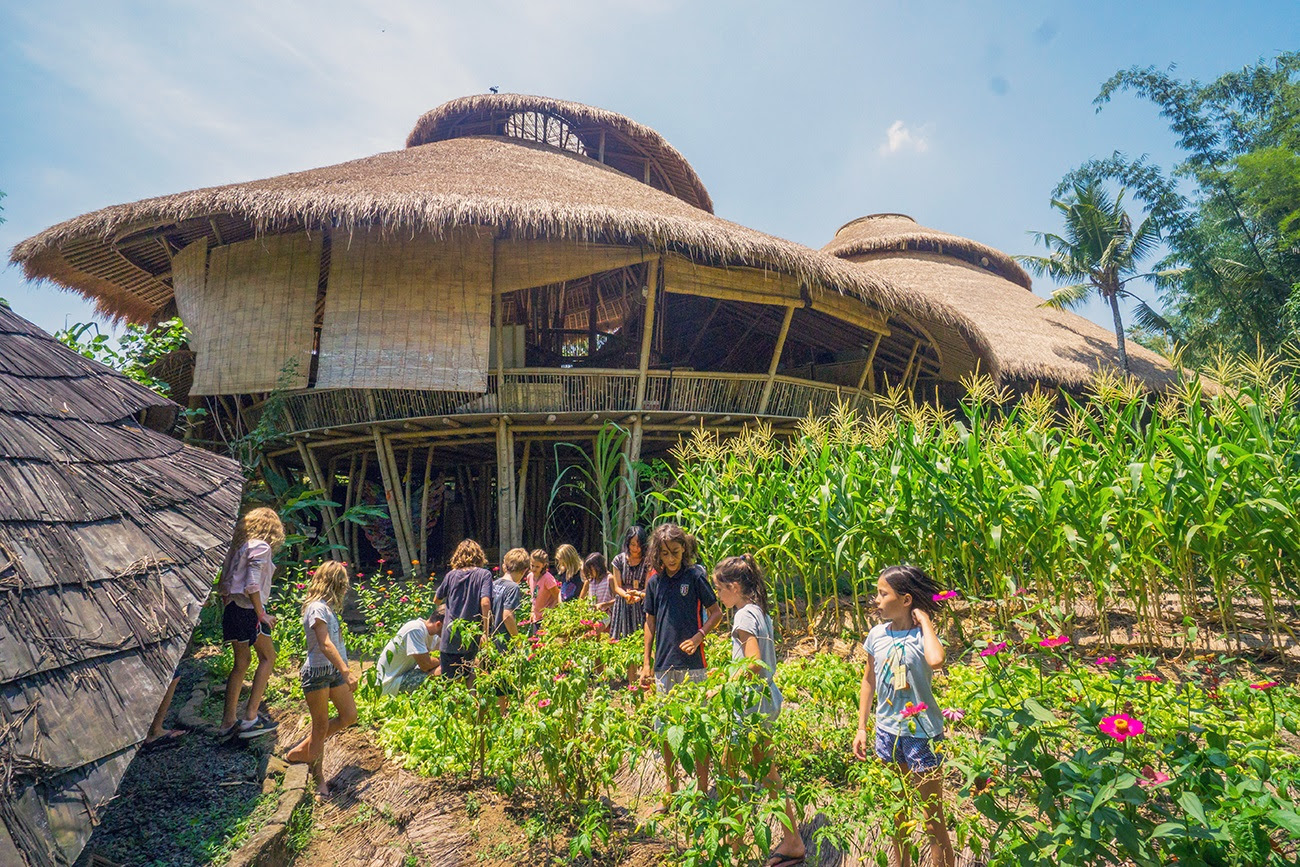
The Green School. Courtesy of IBUKU
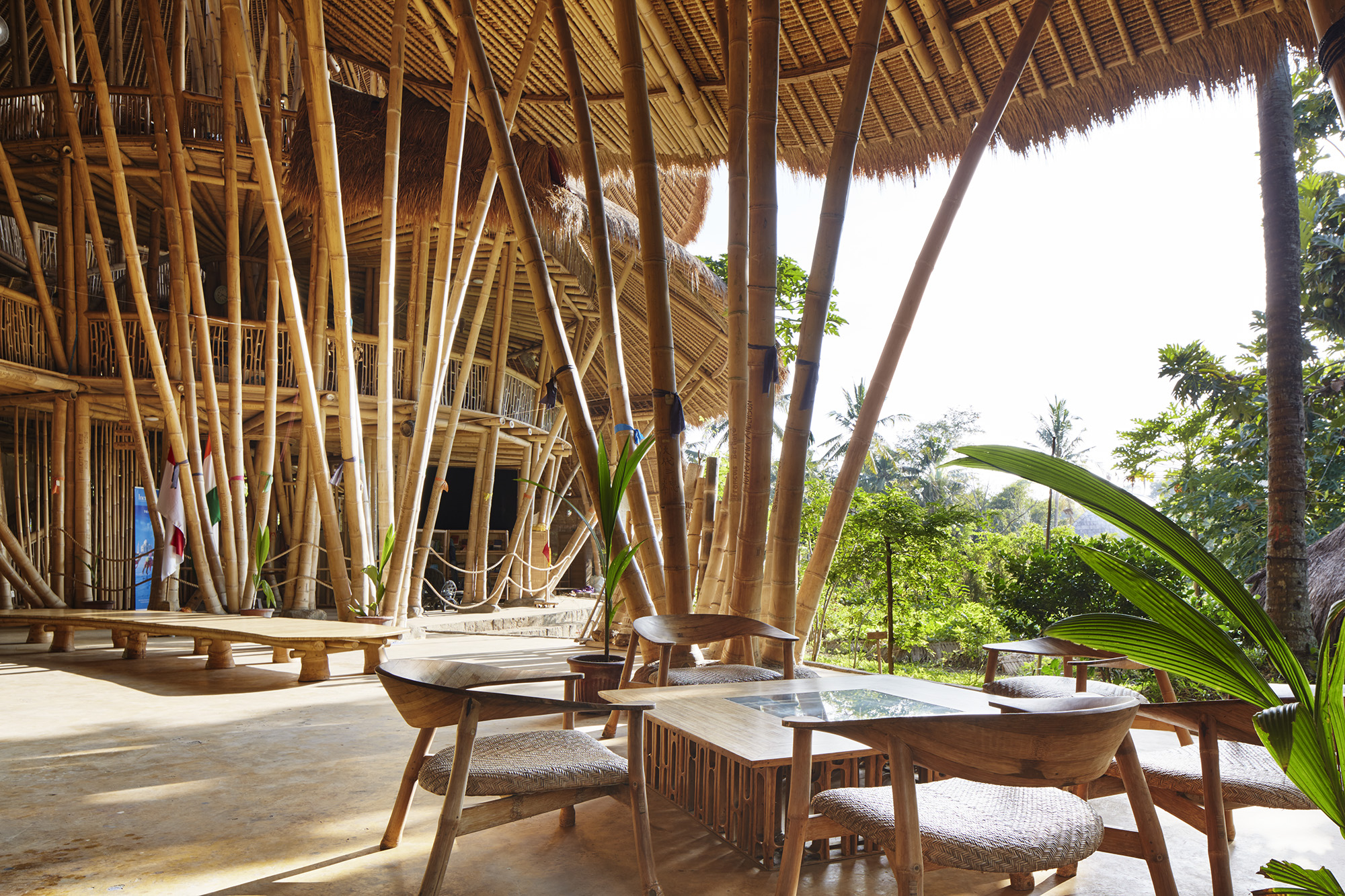
The Green School. Courtesy of IBUKU
The Singapore National Stadium, Singapore (Architects: Arup Associates and DP Architects)
The Singapore National Stadium stands tall as a marvel of Tropical Modernism, encapsulating the essence of Singapore’s tropical climate. Designed with a retractable roof and open sides, the stadium maximizes natural ventilation while providing shelter from the tropical rain. This architectural wonder by Arup Associates and DP Architects symbolizes the synergy between modern functionality and climate-responsive design.
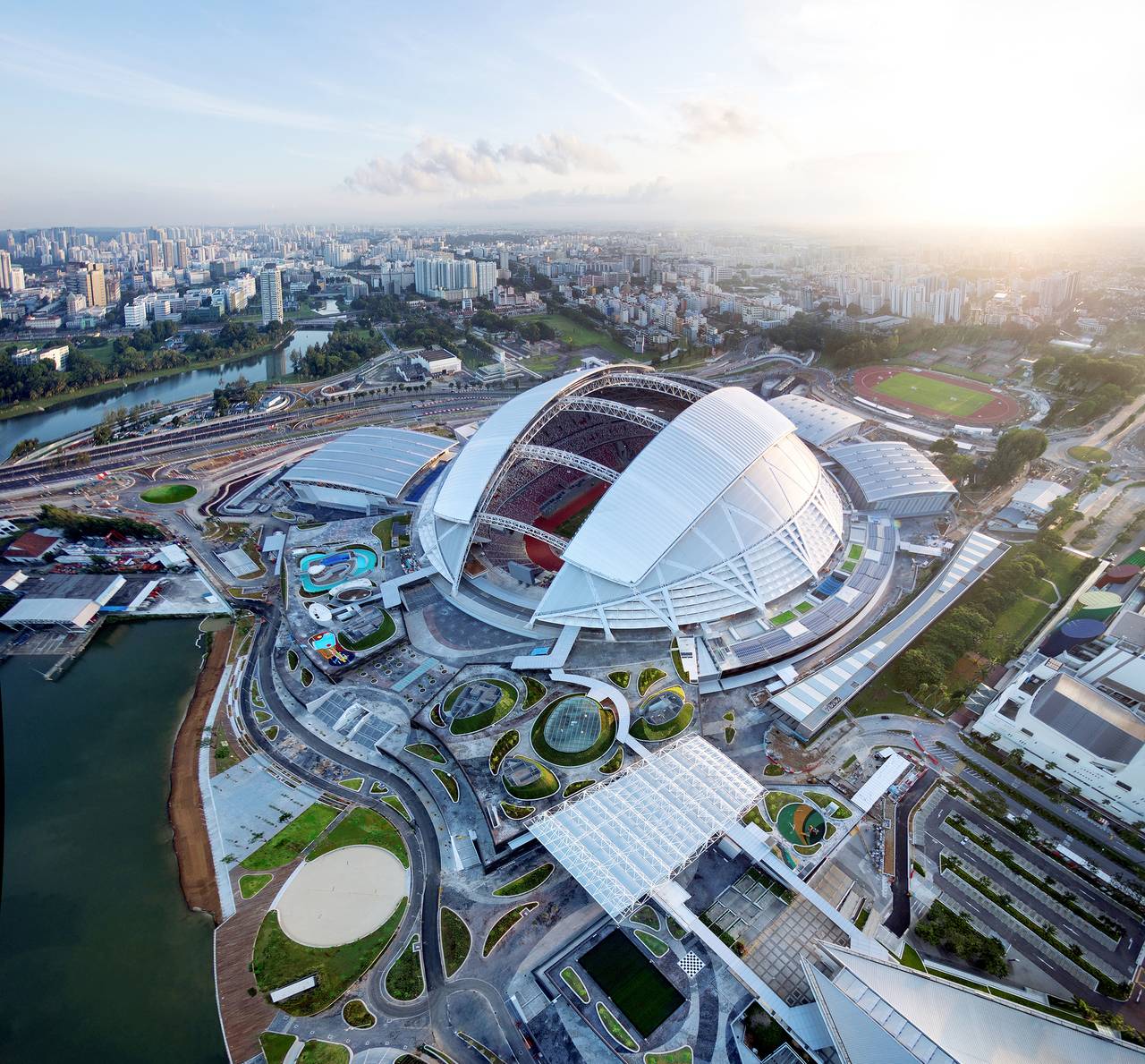
The Singapore National Stadium. Courtesy of Arup y DP Architects
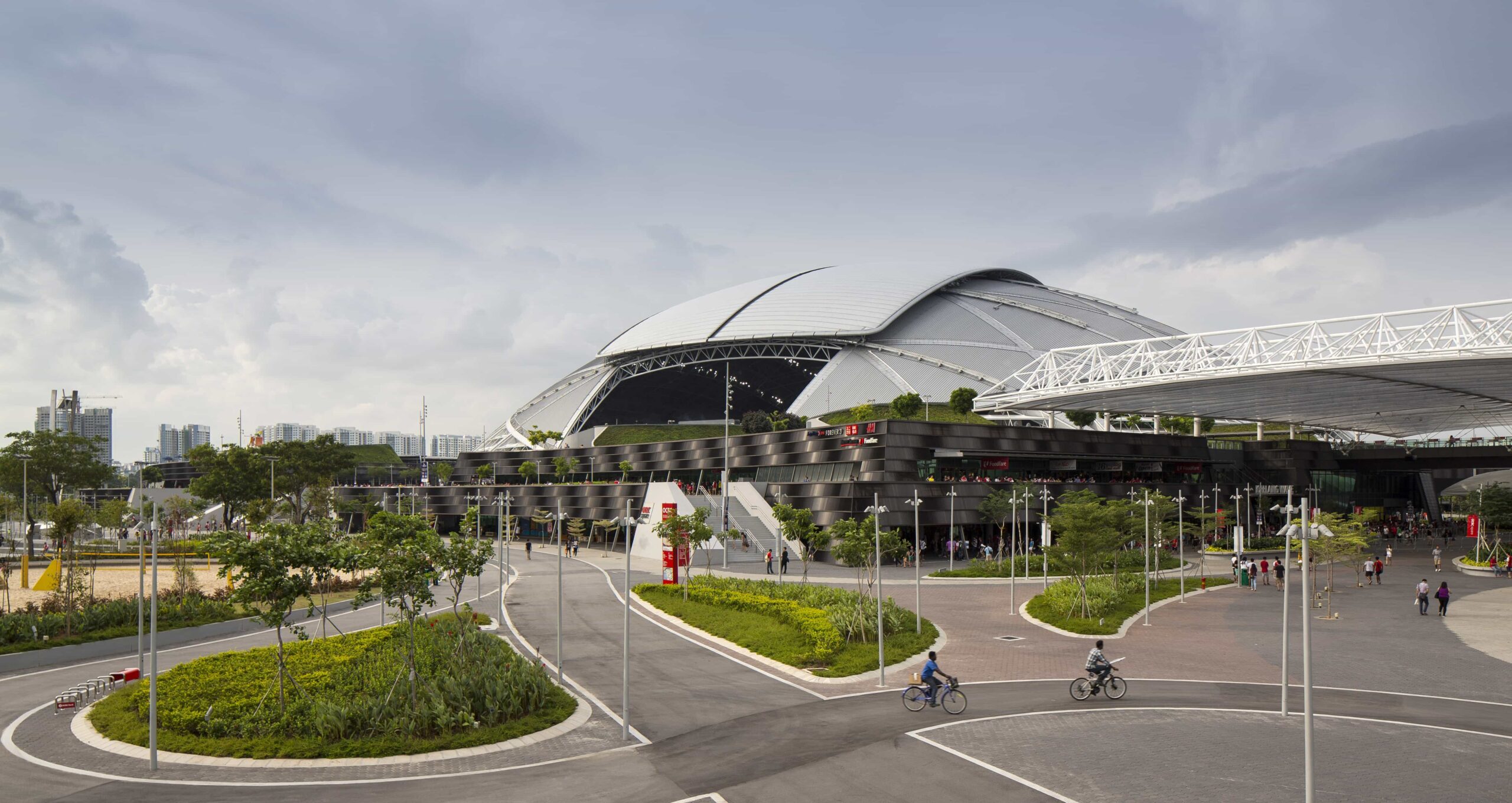
The Singapore National Stadium. Courtesy of Arup y DP Architects
The Panyaden International School Sports Hall, Chiang Mai, Thailand (Architect: Chiangmai Life Architects)
Designed entirely from bamboo and other sustainable materials, the Panyaden International School Sports Hall in Chiang Mai exemplifies the ingenuity of Tropical Modernism. Crafted by Chiangmai Life Architects, this open-air structure embraces the tropical climate, utilizing natural materials to create a space that breathes with the environment.

Sports Hall. Courtesy of Markus Roselieb (CLA) and Alberto Cosi
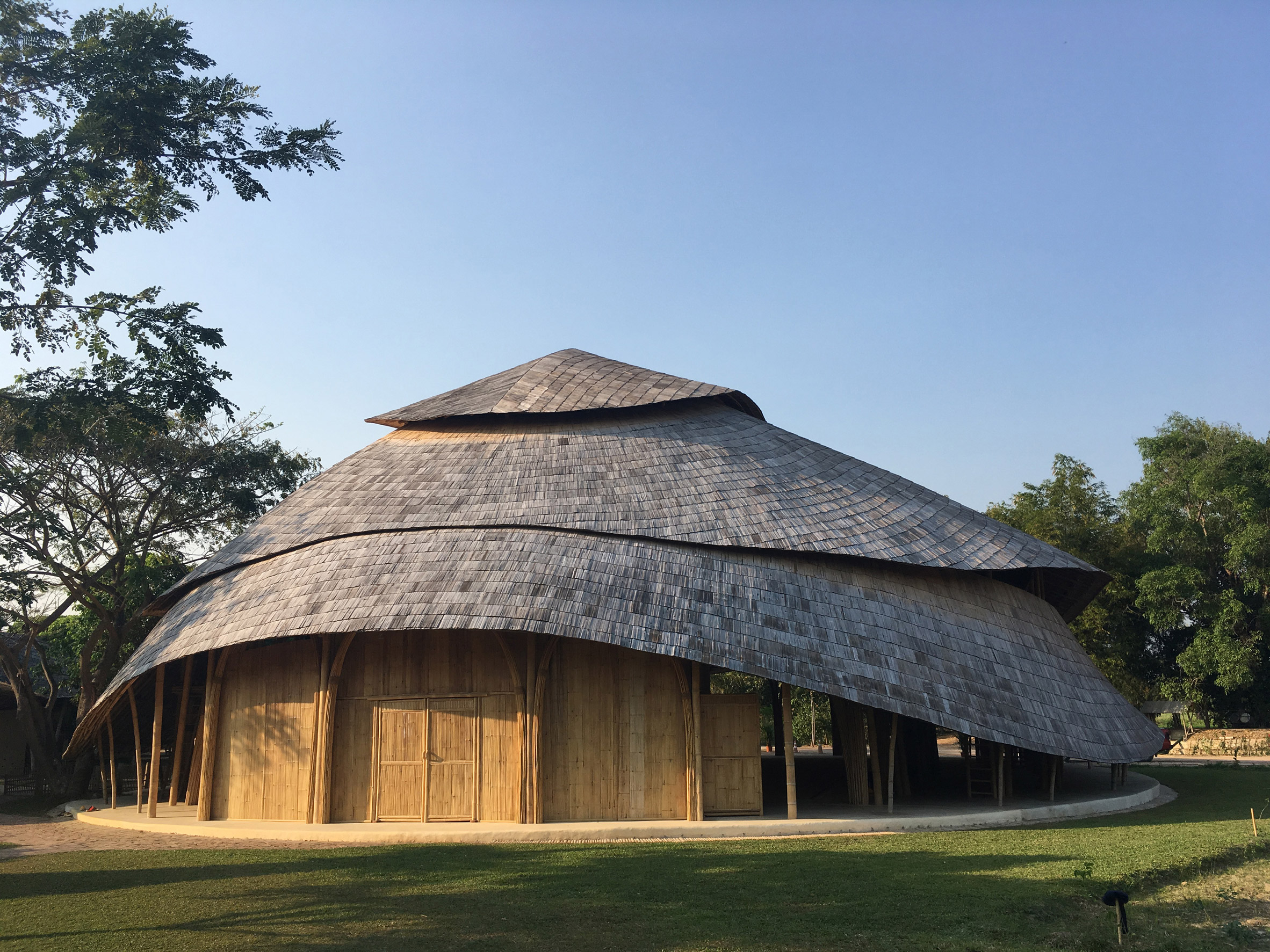
Sports Hall. Courtesy of Markus Roselieb (CLA) and Alberto Cosi
In the broader context, Tropical Modernism challenges architects to innovate beyond tropical borders. Its principles have found applications in diverse climates, demonstrating that the harmonious relationship between architecture and nature knows no geographical constraints. As urbanization continues its relentless pace, embracing the ethos of Tropical Modernism becomes paramount. It encourages us to rethink urban planning, advocating for green spaces, sustainable materials, and energy-efficient designs. By weaving the essence of the tropics into our cities, we create environments that are not only visually captivating but also conducive to the well-being of their inhabitants.
In essence, Tropical Modernism transcends architectural paradigms. It challenges us to reimagine our surroundings and adopt a holistic approach that respects the environment. As climate change looms large, this movement beckons us to act responsibly, urging architects, urban planners, and citizens alike to embrace sustainable practices. By blurring the boundaries between the built environment and the natural world, Tropical Modernism offers not just an architectural solution but a profound philosophy — a way forward in fostering harmony between humanity and nature. It stands as a beacon, guiding us toward a future where our cities breathe, our buildings echo the rhythm of the tropics, and our lives find equilibrium within the embrace of the wild.
In the realm of architecture, Tropical Modernism emerges not only as a design philosophy but also as a testament to our ability to coexist harmoniously with nature. By embracing the challenges and opportunities presented by tropical climates, architects have redefined the boundaries of modern design, creating spaces that not only withstand the elements but also celebrate the vibrant essence of the wild. While Tropical Modernism focuses on adapting to specific environments, Biophilia broadens our perspective, urging us to recognize the universal human connection with nature.
As we navigate the complexities of our rapidly changing world, the lessons from Tropical Modernism remind us of the profound impact architecture can have on our lives. It beckons us to consider the environment not as a challenge to overcome but as a partner to collaborate with, fostering a sense of belonging and unity with the natural world. In the delicate dance between human ingenuity and the untamed beauty of the tropics, Tropical Modernism stands as a beacon of inspiration, guiding us toward a future where architecture and nature coalesce, nurturing a symbiotic relationship that transcends the boundaries of brick and mortar.



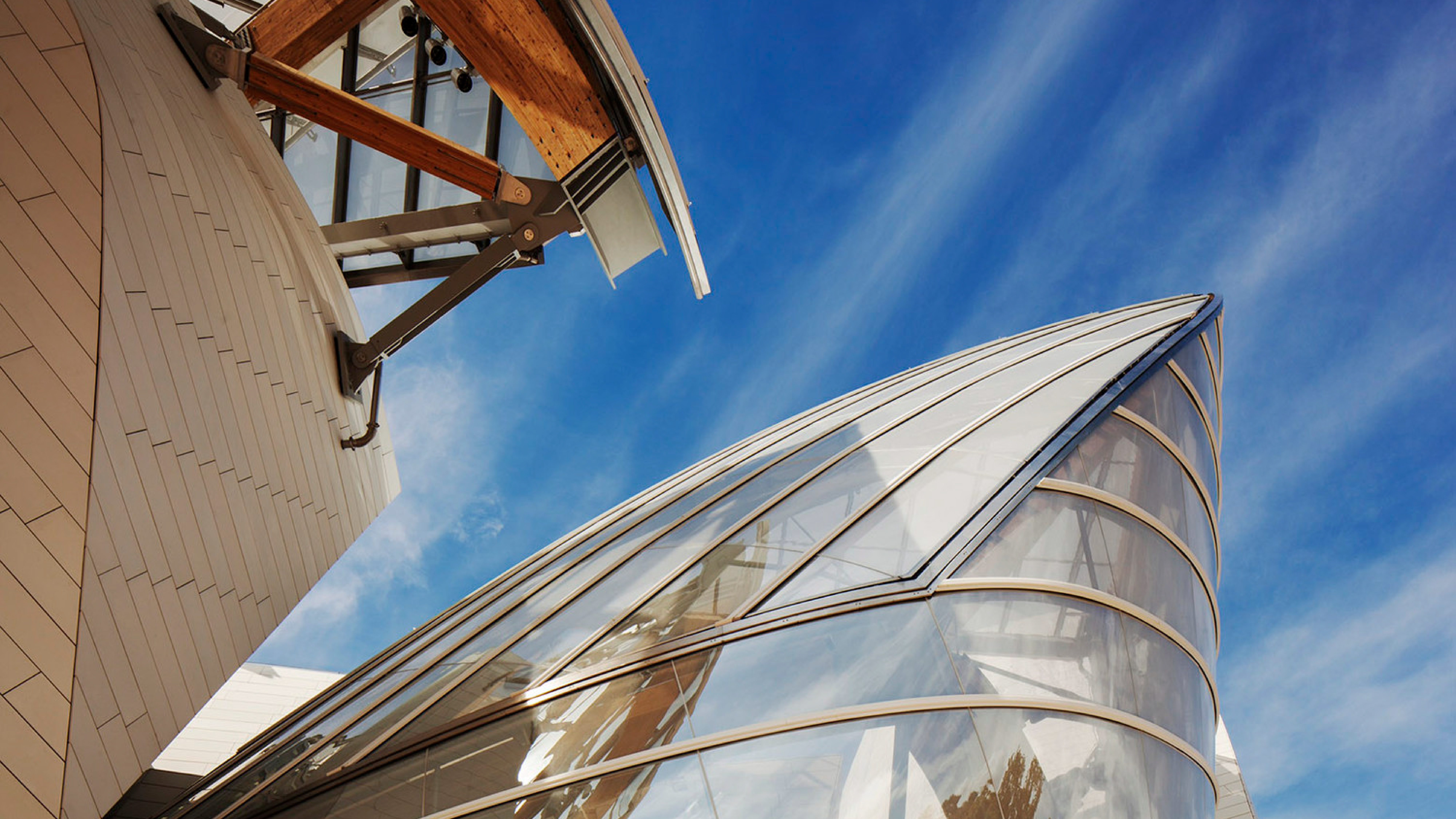
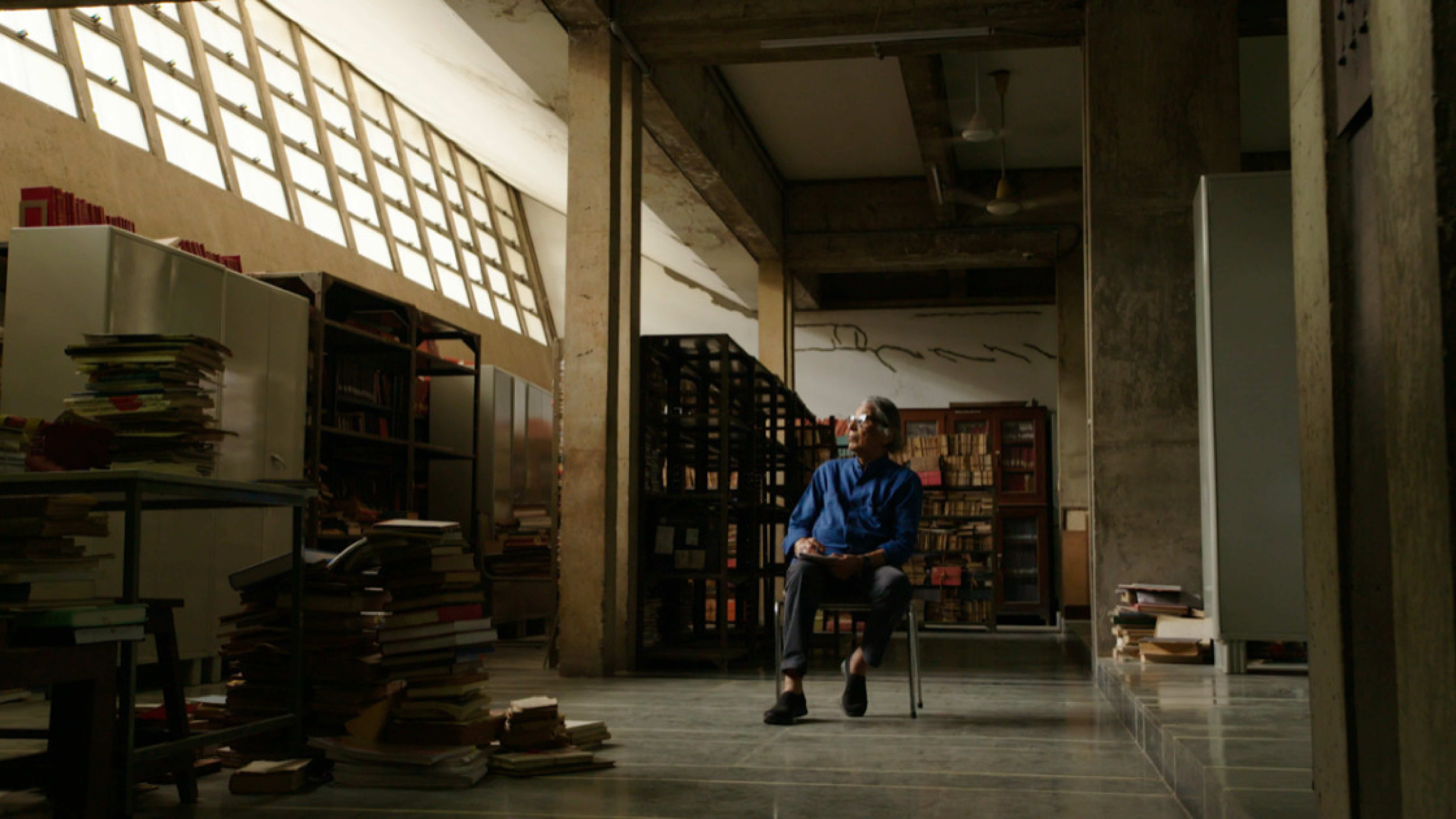
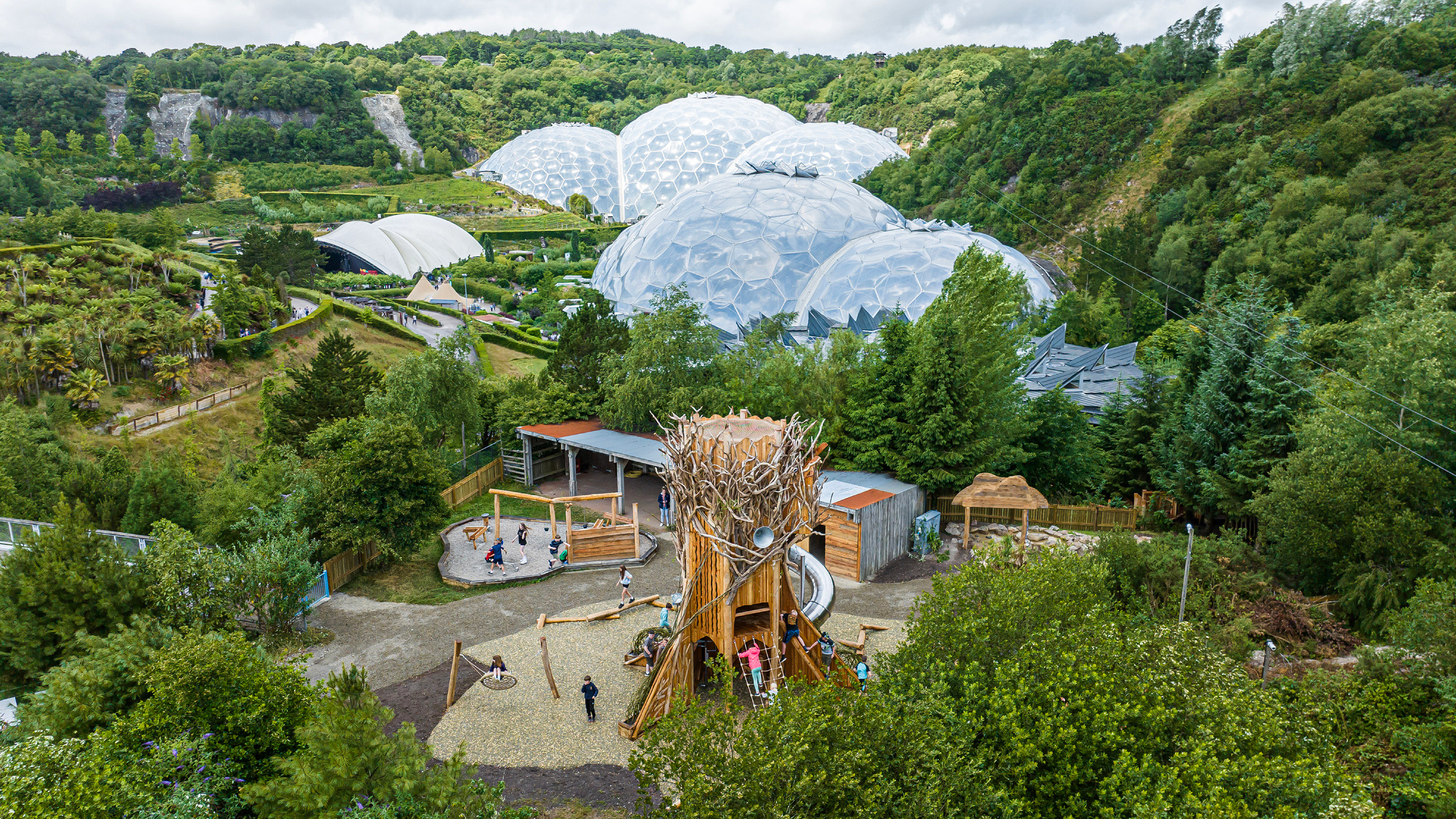

Leave A Comment